Uw mand
Instrumentenmicrofoon
Voir les marques
Filters
Filtreren
141
Resultaten:
Producten per pagina
Sorteren
verkoop
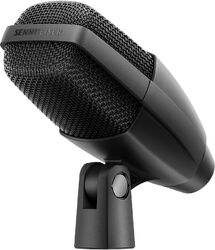

279.00 €
249.00 €
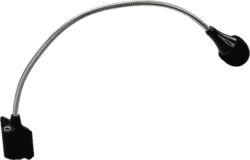
29.00 €
20.00 €

129.00 €
105.00 €
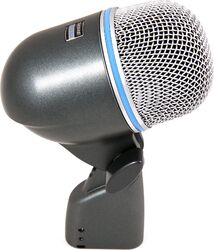
255.00 €
198.00 €

149.00 €
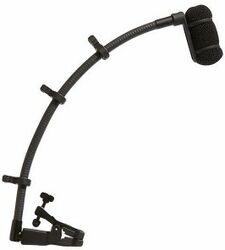
389.00 €
348.00 €
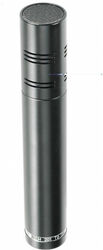
386.40 €
349.00 €

129.00 €

48.75 €
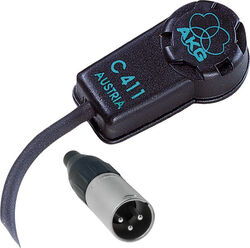
258.00 €
173.00 €

379.00 €
369.00 €
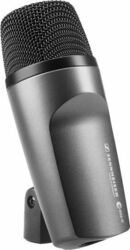
159.00 €
139.00 €
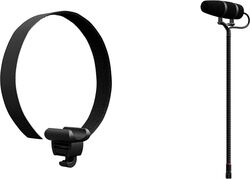
699.00 €
599.00 €

999.00 €
599.00 €
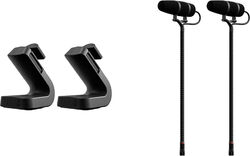
1349.00 €
1269.00 €
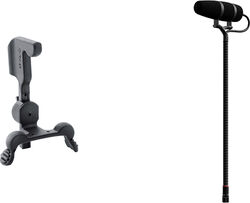
699.00 €
599.00 €
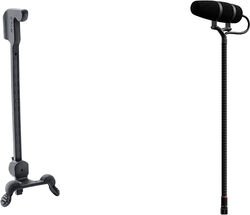
699.00 €
599.00 €
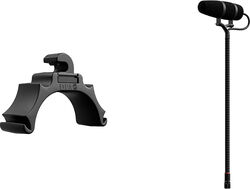
699.00 €
575.00 €
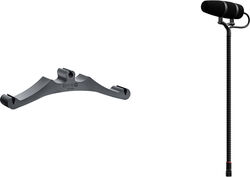
699.00 €
623.00 €
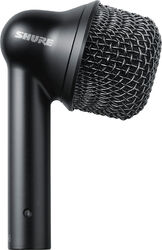
275.00 €
229.00 €
verkoop
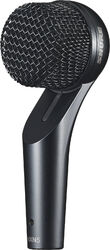

319.00 €
249.00 €
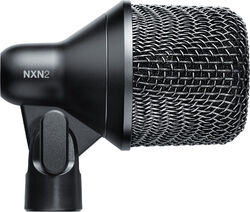
319.00 €
272.00 €
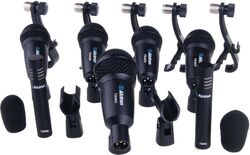
299.00 €
280.00 €
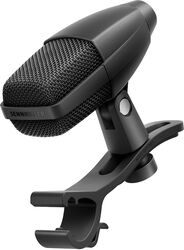
299.00 €
289.00 €

262.80 €
205.00 €
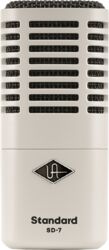
159.00 €
148.00 €
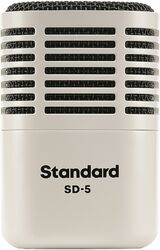
219.00 €
199.00 €
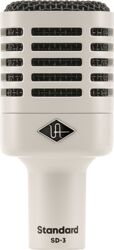
139.00 €
129.00 €

1295.00 €
1265.00 €
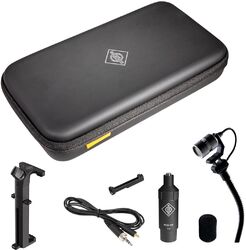
629.00 €
589.00 €
Merken in de categorie : Instrumentenmicrofoon
Bekijk meer





















